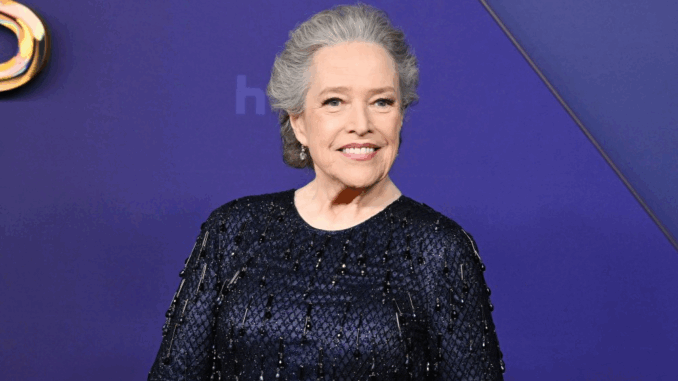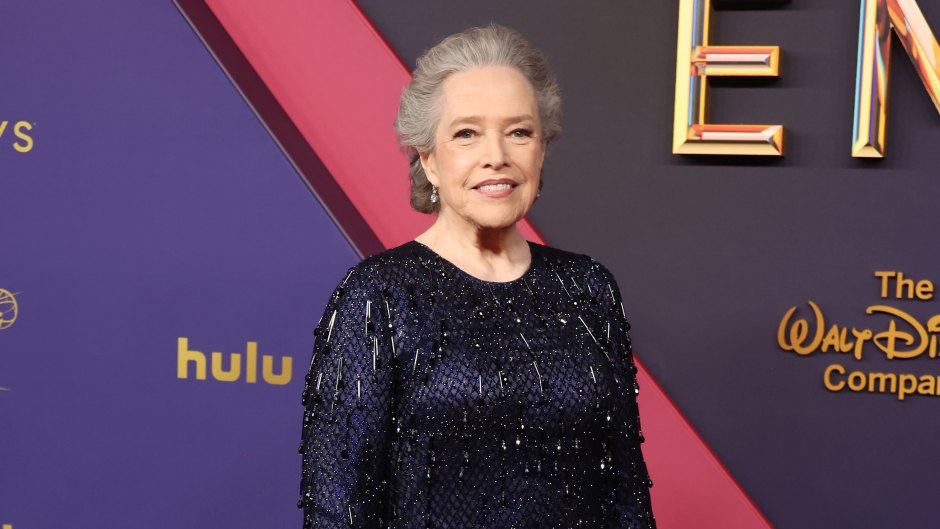
Fried Green Tomatoes is a film that has lived in the hearts of audiences for decades, not only for its storytelling and warm Southern charm but for the bond between Idgie Threadgoode and Ruth Jamison — a bond that many have read as a romantic relationship, though the film never says so outright. In an era where LGBTQ+ representation in mainstream media was rare, the movie stood out for what it didn’t say as much as for what it did.
This article explores the complex, tender, and deliberately ambiguous relationship between Idgie and Ruth. It considers how queerness is communicated through subtext, why that silence mattered at the time, and how generations of queer audiences have seen themselves reflected in their love.
Love in a Time of Silence
Set in the conservative Deep South of the 1920s and filmed in the early 1990s, Fried Green Tomatoes exists within two layers of silence. One is the historical setting, in which same-sex love would have been dangerous to name. The other is the cultural moment of the film’s release, when queer representation in Hollywood was still deeply limited and often coded.
In the novel Fried Green Tomatoes at the Whistle Stop Cafe by Fannie Flagg, the relationship between Idgie and Ruth is clearly romantic. The two live together, raise a child, and share a life. But in the film adaptation, while much of their domestic intimacy remains, direct confirmation of a romantic or sexual relationship is omitted.
Yet their queerness is palpable — communicated through body language, shared glances, protective gestures, and the deep emotional bond that underlies their entire story. Viewers are invited to read between the lines, and for many, those lines are filled with love.
Subtext as Resistance
The omission of an explicit declaration of queerness is not simply erasure; in many ways, it’s a form of coded resistance. During the time the film was made, LGBTQ+ characters in cinema were often tragic, villainous, or sidelined. By presenting Idgie and Ruth’s relationship as central — albeit unspoken — the filmmakers allowed their bond to flourish on screen in a way that might not have been possible had it been labeled outright.
Their life together defies traditional expectations. Ruth leaves an abusive marriage to be with Idgie. They raise Ruth’s son together. They build a business and create a home. These are not just the trappings of close friendship — they are the elements of a romantic partnership, lived without labels.
In this way, Fried Green Tomatoes joins a long tradition of queer storytelling through subtext — stories that LGBTQ+ viewers have always known how to recognize, even when mainstream audiences did not.
Cues, Glances, and the Language of the Unspoken

The film uses visual storytelling and emotional resonance to build the case for Idgie and Ruth’s love. We see it in the way Idgie lights up when Ruth arrives. In the way Ruth looks at Idgie with a mix of admiration and longing. In the quiet moments they share — Ruth brushing her hand against Idgie’s, or Idgie wrapping her arms around Ruth in comfort.
There’s a tenderness in their scenes that transcends platonic friendship. The way they inhabit space together, the way they build a life, the way they speak without words — all these things speak to a deep, romantic intimacy.
Their bond is not just emotional but also spiritual. Ruth gives Idgie a sense of purpose. Idgie gives Ruth safety and freedom. Together, they form a partnership based on equality, care, and unwavering loyalty.
Why It Mattered Then — and Still Does Now
When Fried Green Tomatoes was released in 1991, the world was in the midst of the AIDS crisis. Queer people were fighting not only for their lives but also for their dignity and visibility. Mainstream media was largely silent on queer love unless it was tragic or marginal.
In this context, the portrayal of Idgie and Ruth as two women who build a joyful, lasting life together was revolutionary — even if it was never named. For many LGBTQ+ viewers, it offered a rare mirror: a story where queer love wasn’t punished, shamed, or destroyed. It simply was.
Today, with greater representation and openness in film and television, the subtlety of Idgie and Ruth’s relationship can feel frustrating. Why not say it outright? But looking back, the film’s ambiguity also speaks to the resilience of queer storytelling — how it has always found a way to exist, even in silence.
A Queer Reading, Affirmed by History
Over the years, scholars, critics, and fans have confirmed what many already knew in their hearts: Idgie and Ruth are a couple. Even actress Mary-Louise Parker, who played Ruth, acknowledged in interviews that she approached the role with this understanding.
Fannie Flagg, the author of the original novel and the film’s screenwriter, has confirmed that the book’s depiction of their love was intentional. Though toned down for the film — likely due to studio pressure — the foundation remained.
In this way, the film serves as a cultural artifact of a particular time — when queer lives had to be hidden, even in fiction, but could still shine through in meaningful ways.
The Legacy of Queer Subtext in Southern Stories
Southern storytelling has long used coded language to discuss taboo topics. In this tradition, Fried Green Tomatoes stands out not just for what it hides but for what it reveals. It offers a vision of queerness rooted in community, domesticity, and quiet strength.
Idgie and Ruth don’t fit the flamboyant or tragic queer tropes. They are ordinary, loving women who defy societal expectations in the way they choose to live. Their story becomes a gentle rebellion — one that continues to resonate.
As more explicitly queer films find their place in the mainstream, there’s still value in these early, subtextual stories. They are the foundations on which today’s visibility was built.
Conclusion: Seeing Queerness Clearly, Even When It’s Hidden
In Fried Green Tomatoes, the love between Idgie and Ruth is never labeled, but it doesn’t have to be. It’s there in every moment they share, in every choice they make, and in the life they build together. For many, that unspoken truth is more powerful than any declaration.
Their story reminds us that queer love has always existed — quietly, bravely, and beautifully — even when the world refused to see it.
